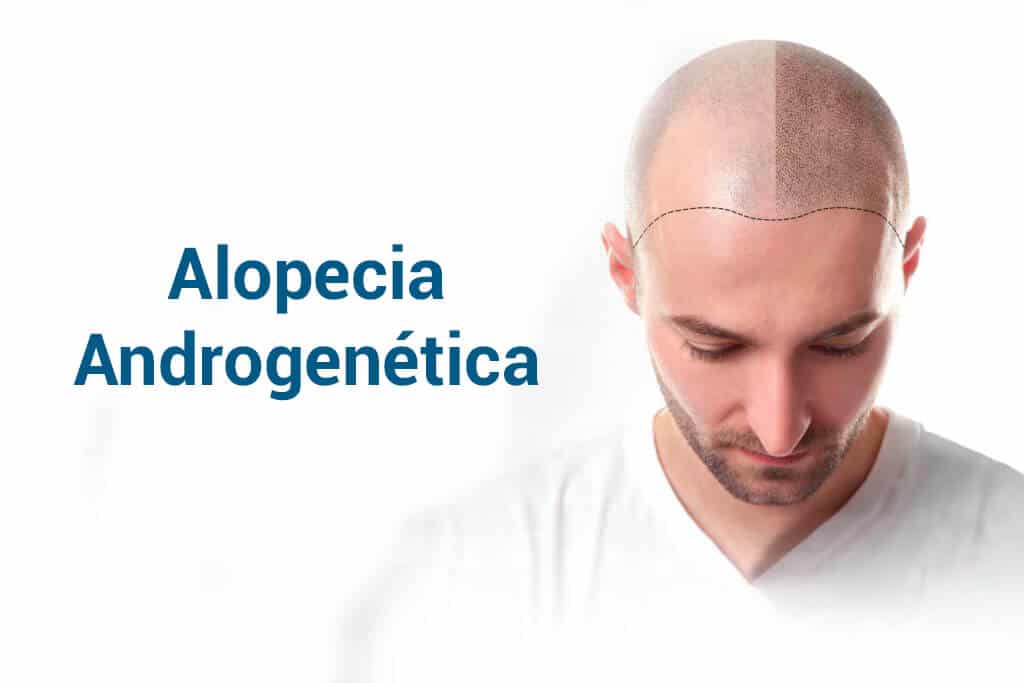ANDROGENETIC ALOPECIA
Is your hair falling out? You may be suffering from androgenetic alopecia or androgenic alopecia, the common baldness. Do you want to know what it is?
What is androgenetic alopecia?
This, also known by the acronym AGA, is common baldness, the one that the vast majority suffer from. It is suffered by 91% of men aged 21 and over and 40% of women who have started the menopause; in other words, it is quite common. However, it is not an exclusively human pathology; it also occurs in some primate species.
Do you want to get your hair back? We have the perfect solution for you!
Symptoms of androgenetic alopecia
The symptoms, i.e. what we will notice on a physical level, are different in men and women. In the first case, we have a fairly selective loss, in the parietal and frontal areas, with the first to be lost being those corresponding to the area of the so-called receding hairline. Similarly, the crown area is also one of the earliest to be affected; the frontal part ends up losing all its hair. In the case of women, the loss turns out to be diffuse and the frontal area is only slightly depopulated, not in its entirety (with some exceptions). The areas most affected are the occipital and temporal areas.
Causes of androgenetic alopecia
It occurs when the action of androgens increases in specific parts of the scalp which, due to genetics, are more predisposed to it. These produce a decrease in the hair follicle, which ends in atrophy of the bulb, causing hair loss.
Age also plays a role, of course, as it naturally causes our follicles to weaken and become less consistent.
Androgenetic alopecia treatment; can it be cured?
Common alopecia cannot be cured. There are treatments that slow it down and improve the quality of the hair, but once they are stopped, hair loss starts again. The longer the duration of the treatment, the longer it will take for the hair to start falling out, but it is inevitable.
Minoxidil is a vasodilator that offers very good results (in fact, we recommend it prior to grafting). It is administered topically, on the scalp, and is given in 2 or 5% solutions, as appropriate and considered after performing a specific test.
Finasteride, an anti-androgen, is taken in pill form or injected and works specifically on the root of the follicles. One of its derivatives, dutasteride, is also used with clear results, although these are not yet scientifically approved as conclusive.
There are other treatments with very low efficacy or which have recently begun to be studied. For the rest, what we can do is prevent hair loss by treating it well, washing it often and with specific shampoo, not applying heat or chemical treatments, managing stress properly and ensuring that your circulation is abundant to water the area well.
